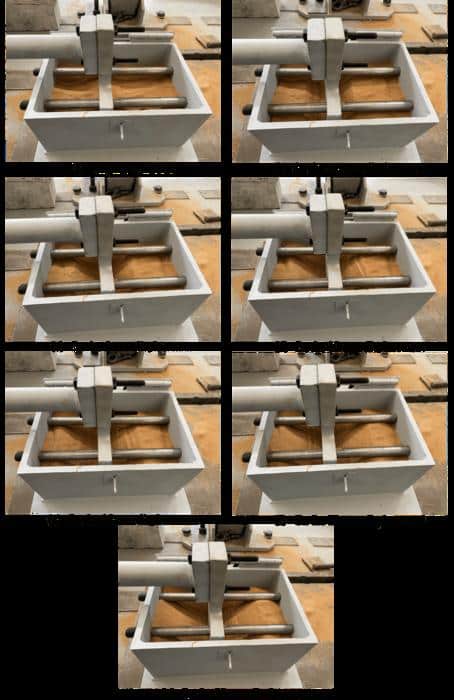The University of Sharjah has secured a patent for a revolutionary device that utilizes sand-filled containers to shield buildings from earthquake damage, promising an affordable seismic protection solution.
In a significant breakthrough for earthquake-resistant infrastructure, the University of Sharjah has been granted a patent for an innovative device that utilizes sand to protect buildings from seismic damage. This pioneering technology, developed by Moussa Leblouba and Mostafa Zahri, promises to make earthquake protection more affordable and widely accessible.
The new device, named the “Particle-Based Energy Dissipation Device,” relies on containers filled with sand or other granular materials to absorb and dissipate seismic energy, safeguarding structures during earthquakes. This approach challenges the conventional reliance on costly steel-based systems.
“Our work demonstrates the untapped potential of natural granular materials to provide an economical and reliable solution for seismic resistance,” Leblouba, a professor in the Department of Civil and Environmental Engineering, said in a news release.
The device requires no external power, enhancing its cost-effectiveness and simplicity. According to the inventors, the device includes critical components like a movable plate, slots, rods and a welded thick steel container filled with granular material such as sand or aggregates.

Caption: The patent document describes the invention as unique since it merely relies on containers filled with sand or other granular material to protect a building’s structure from damage or failure during an earthquake.
Credit: Prof. Moussa Leblouba and Prof. Mostafa Zahri
Drawings illustrate how the sand-based dampers exhibit robust hysteresis behavior — a term describing the delay between input and output in a system following directional change. This behavior is crucial in aiding buildings to withstand seismic forces.
The effectiveness of this dampening method was demonstrated, with the device achieving an effective damping ratio between 37% and 75%, outperforming many high-end passive systems.
“This invention represents a significant leap forward in making earthquake protection accessible to communities worldwide, ensuring safety without compromising affordability,” Leblouba added.
Additionally, Zahri emphasized the timely nature of their invention, highlighting its potential to offer a sustainable and economical alternative in earthquake-prone regions.
“Our invention provides a viable alternative to expensive seismic isolation systems, enabling wider adoption in regions with limited financial resources,” Zahri, a professor of mathematics, said in the news release.
The device’s simplicity and cost efficiency mean it can be produced in any workshop using readily available materials, extending its application to both new and existing buildings. The patent document explains that this device can handle both small and large vibrations, making it versatile enough to address a variety of seismic and wind-induced challenges.
The approved patent from the United States Patent and Trademark Office is still awaiting industry engagement. However, Leblouba is optimistic about future collaborations with civil engineering firms, municipalities and disaster management agencies to bring this innovative solution to market.
By effectively harnessing the natural properties of granular materials, the University of Sharjah’s invention offers a promising prospect for global earthquake preparedness, underscoring the impact of accessible, low-cost innovations in safeguarding lives and structures.

